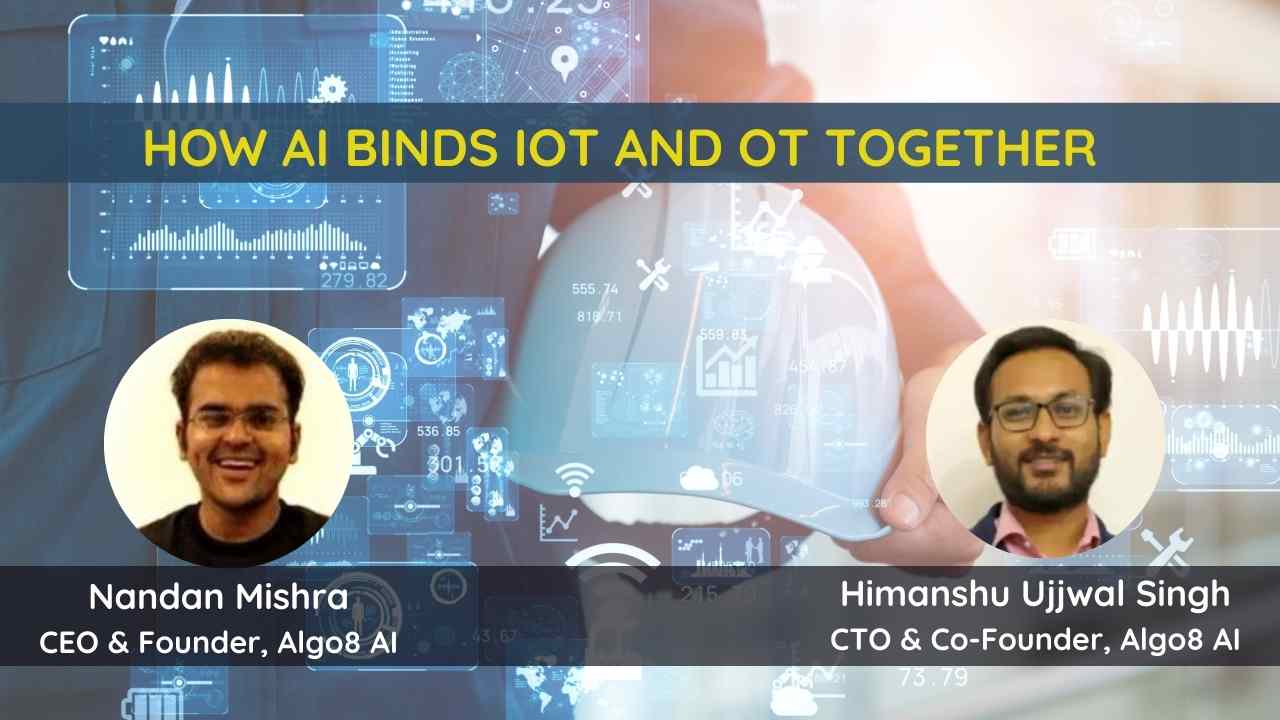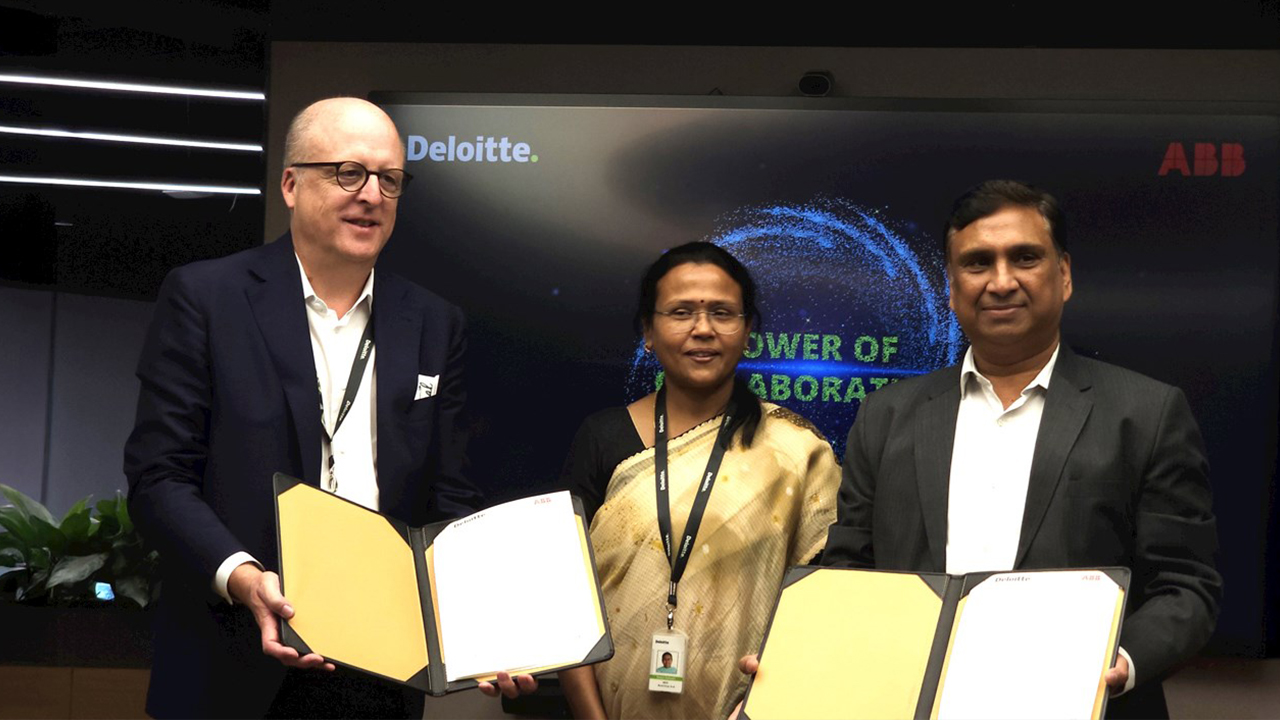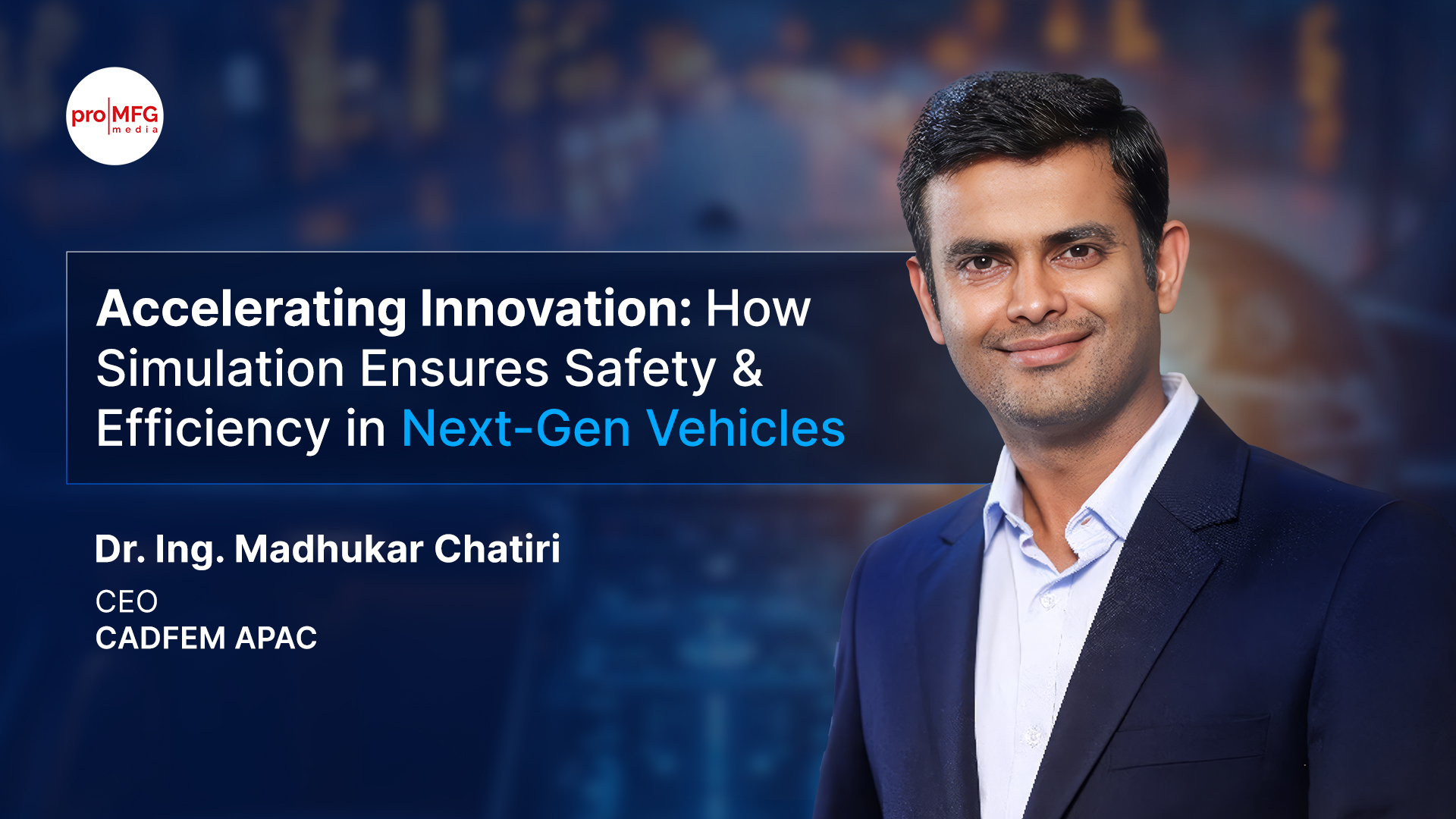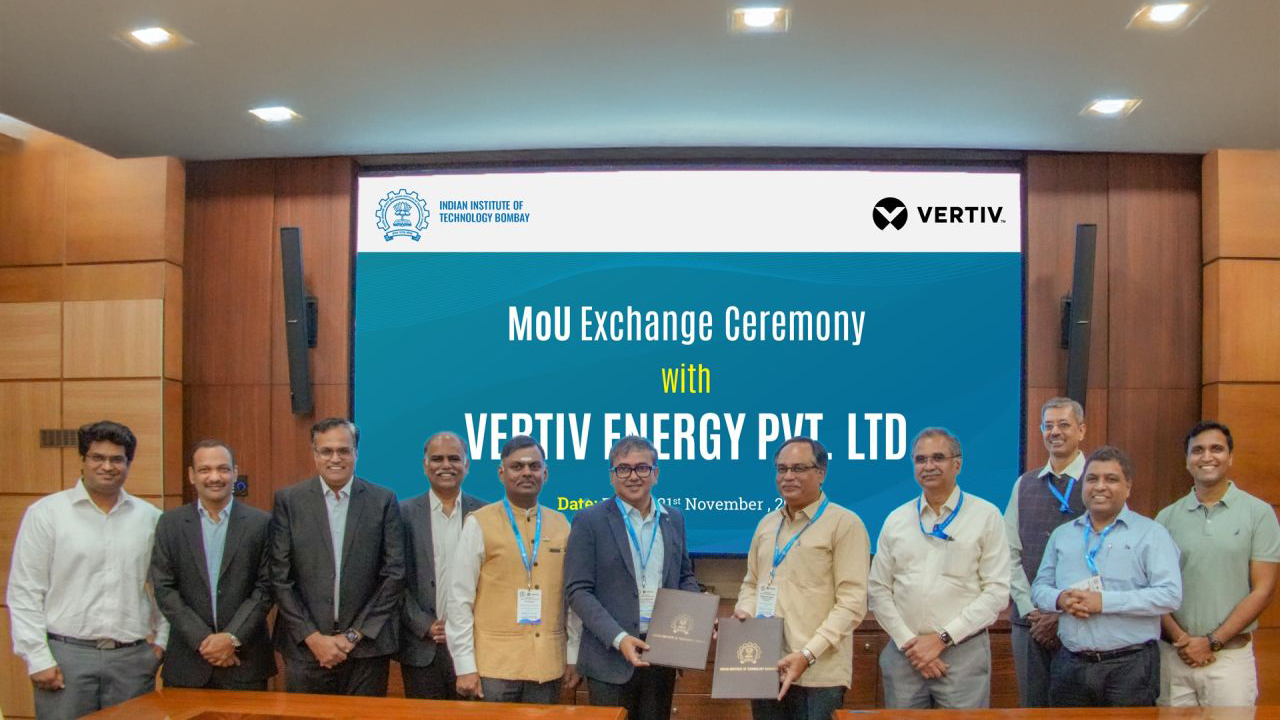Since AI is a powerful tool that can be translated for any task or process, its capabilities are not restricted to any particular field or industry. In fact, AI is going to penetrate our industries at such a tremendous scale that by 2022, close to 58 million new jobs will be created just to support industrial-AI operations.

Technology continues to grow at an incredible rate, and machines are becoming more and more capable of performing tasks that were dependent on human operators. Sure, computers have been better at basic computations and mathematical processing since the very beginning, but things like decision-making, subjective observation, and feedback incorporation were things out of their reach.
With the advent of advanced Artificial Intelligence (AI), and the growth of Operational Technologies (OT) and large-scale adoption of Internet of Things (IoT), computer systems have become more intelligent than ever before, and they are pushing current industrial-setups to the next frontier of operations.
Comparing industrial-setups of Industry 4.0 with the human body, AI would be the industrial-setup's brain, the IoT technologies simulate the sensory system for the setup, and the OT will practically be the muscles i.e. the components that produce a physical output.
Industrial-AI are becoming increasingly sophisticated at decision-making capabilities that enable multiple functionalities such as proactive asset maintenance, automated supply chain management, process-optimization, compliance and safety checks, and a lot more.
AI has also found tremendous application in business development and marketing strategy; there’s been an explosion in the amount of digital-data being generated, and corporations can leverage that for market analysis, by studying customer behavior patterns. Using computer vision, AI modules have been used to study the walking patterns, product engagement, effects of store layout ergonomics etc. for customers in physical retail outlets. And for online interactions, they study clicks per page, time per click, readthrough of articles, idle time on a page, and other engagement metrics to understand consumer psychology.
Since AI is a powerful tool that can be translated for any task or process, its capabilities are not restricted to any particular field or industry. In fact, AI is going to penetrate our industries at such a tremendous scale that by 2022, close to 58 million new jobs will be created just to support industrial-AI operations. Quite contrary to the popular belief that AI will steal all jobs from humans and lead to a breakdown of the workforce.
Moreover, IoT technology reached 100 billion dollars in market revenue for the first time in 2017, and the global IoT market is expected to reach a value of USD 1.4 trillion by 2026 from USD 761.4 billion in 2020 at a CAGR of 10.53%.
Industrial-IoT is the essence of Industry 4.0; it refers to the network of sensors, software, and other technologies for the purpose of connecting and exchanging data with other devices and systems. These include heat sensors, motion sensors, cameras etc. The idea behind industrial-IoT is to enable more efficient and more intelligent industrial-setups, to deliver superior performance based on constant data collection and real-time predictive analytics.
The physical sensors are strategically deployed across an industrial facility, and provided with adequate connectivity. This web of sensors enables the central AI to have a complete view of the status of industry processes. For example, a heat sensor installed on the exterior of a crude oil pipeline that detects any temperature spikes so that the central system can issue a warning in case of over-heating of these critical assets.
With the steady advancements in IoT setups, it is getting more and more difficult to deploy entirely new enterprise-wide networks, since an expensive and extensive setup is already in place. Say Amazon installs a new CCTV network in one of their key distribution facilities. Some months later, a specially designed AI-powered CCTV camera is on the market, and the executives at Amazon would like to have that technology to safeguard this particular site. It would be a lot faster and cheaper if instead of having to replace all the existing cameras and supporting infrastructure, the company could offer to integrate the said AI-capabilities with Amazon’s pre-installed CCTV system. The existing setups do consist of powerful and effective resources, so it makes a lot of business to build on top of them instead of starting from scratch every time a new technology is introduced.
As a result, integrative technologies are gaining more traction, moving forward in Industry 4.0. The primary advantage is that they offer industries the option to simply add the minimal required hardware and integrate the software with the existing infrastructure, adding a new functionality to their pre-existing setup. These solutions can be just as effective in terms of operations, while providing major direct and indirect cost-benefits.
An OT system is the web of hardware and software that directly monitor and/or control industrial equipment/processes to produce a physical effect of some form. These could include components such as actuators, valves, conveyors, failsafe triggers, and a myriad of other machines that are meant to regulate the industry-setup’s operations. OTs generally constitute Industrial Control Systems (ICS); these include mechanisms such as control loops, remote diagnostic and maintenance, data historian functions, SCADA servers and so on. The convergence of OT and digital technologies is not a new concept, but with the data-explosion and rapid advancements in AI/ML technologies and IoT, we are able to use basic mechanisms in intelligent manners to automate certain aspects of a process in order to ensure safe and optimized operations.
The combined application of these technologies has already begun and we will see a dramatic growth in the scale of their deployment, and the impact they have on industries. According to a study by Gartner, 80% of all corporation IoT tasks will incorporate AI as a significant segment by 2022. The benefits that AI, IoT, and OT systems provide to industries today, will help usher in a new era of operations with heightened efficiencies, accelerated production cycles, optimized processes, and well-coordinated and streamlined workflows.
About Nandan Mishra:
An IIT-K alumni, Nandan is the CEO and Founder of Algo8 AI. Upon completing B.Tech (Chemical Engg.) and M.Tech(Advanced Analytics in Systems Biology) from IIT, Kanpur, he went on to work with his alma mater as a Research Associate, followed by the Citi Group. Ever since the inception of Algo8 AI in 2016, Nandan went on to head multiple AI-based startups, namely, The Ikigai Lab, Prithvi AI and Deep Spatial AI.
About Himanshu Ujjwal Singh:
An IIT-K alumni, Himanshu is the CTO and Co-Founder of Algo8 AI. He has a keen inclination in solving real life commercial and social problems in a scalable manner using AI. He has helped MNCs in setting up their analytics practice in the field of telecom, healthcare, retail and Workforce analytics. He has a keen inclination in solving real life commercial and social problems in a scalable manner using AI. Helping organizations with monetization of their data as data products is his area of expertise.
NEWSLETTER
TRENDING ON PRO MFG
MORE FROM THE SECTION









